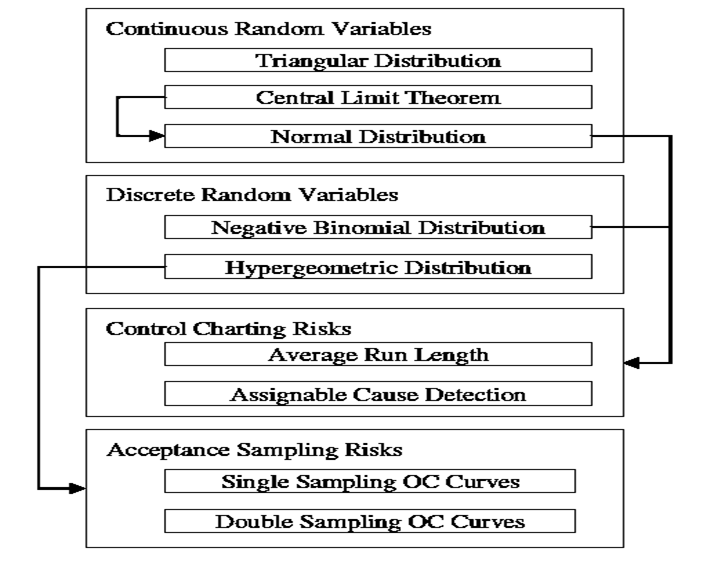SKEDSOFT
Introduction
The phrase “statistical quality control” (SQC) refers to the application of statistical methods to monitor and evaluate systems and to determine whether changing key input variable (KIV) settings is appropriate.
Statistical quality control:
- SQC focuses attention on two of the most practically valuable roles that theory can play in enhancing six sigma projects.
- First,there are many parameters to be selected in applying acceptance sampling. In general, larger sample sizes and lower acceptable limits reduce the chances of accepting bad lots. However, it can be helpful to quantify these risks, particularly considering the need to balance the risks vs costs of inspection.
- Second, control charts also pose risks, even if they are applied correctly. These risks include the possibility that out-of-control signals will occur even when only assignable causes are operating. Then, investigators would waste their time and either concludes that a signal was a false alarm or, worse, would attempt to over control the system and introduce variation.
- Also, there is a chance that charting will fail to identify an assignable cause. Then, large numbers of nonconforming items could be shipped to the customer. Evaluating formally these risks using probability can help in making decisions about whether to apply Xbar & R charting and EWMA charting or multivariate charting
- Also, some of the risks are a function of the sample size. Therefore, quantifying dependencies can help in selecting sample sizes.
